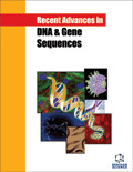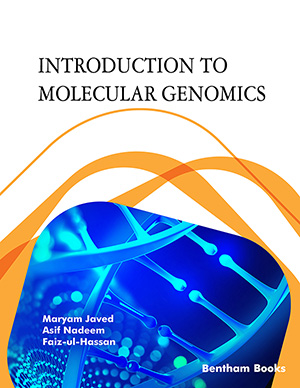Abstract
The article presents DNA related data exchange mechanism established within the framework of the European Union for the transnational crime investigation. First of all, it provides with the comprehensive overview of legal and practical state of play, pointing out that approved legal basis seeks to ensure legality and reliability in this area by establishing information exchange purposes and competent authorities involved, setting up technical requirements for the DNA analysis and DNA data bases, laying down provisions on accreditation of forensic service providers, foreseeing at least minimum common data protection requirements. Secondly, it reveals that despite being the most exhaustive international regulation on DNA related data exchange among law enforcement and judicial authorities it misses effective data protection mechanism, does not harmonize neither backgrounds for DNA collection in criminal process in general nor storage requirements and that results the variation in categories of subjects related to the crime investigation and included in data bases of different Member States. These gaps make the use of data collected and stored in another Member State vulnerable from the perspective of different rules on evidences’ legality within the criminal process. The article also reveals the model’s weakness in terms of assessment of its efficiency as statistics gathered for the time being show only number of coincidences (hits) of searched DNA profiles, but not the impact on crime investigation and its results.
Keywords: DNA profiles, crime investigation, police co-operation, Treaty of Prüm, Prüm Decision, Council Decision 2008/615/JHA.
 30
30











